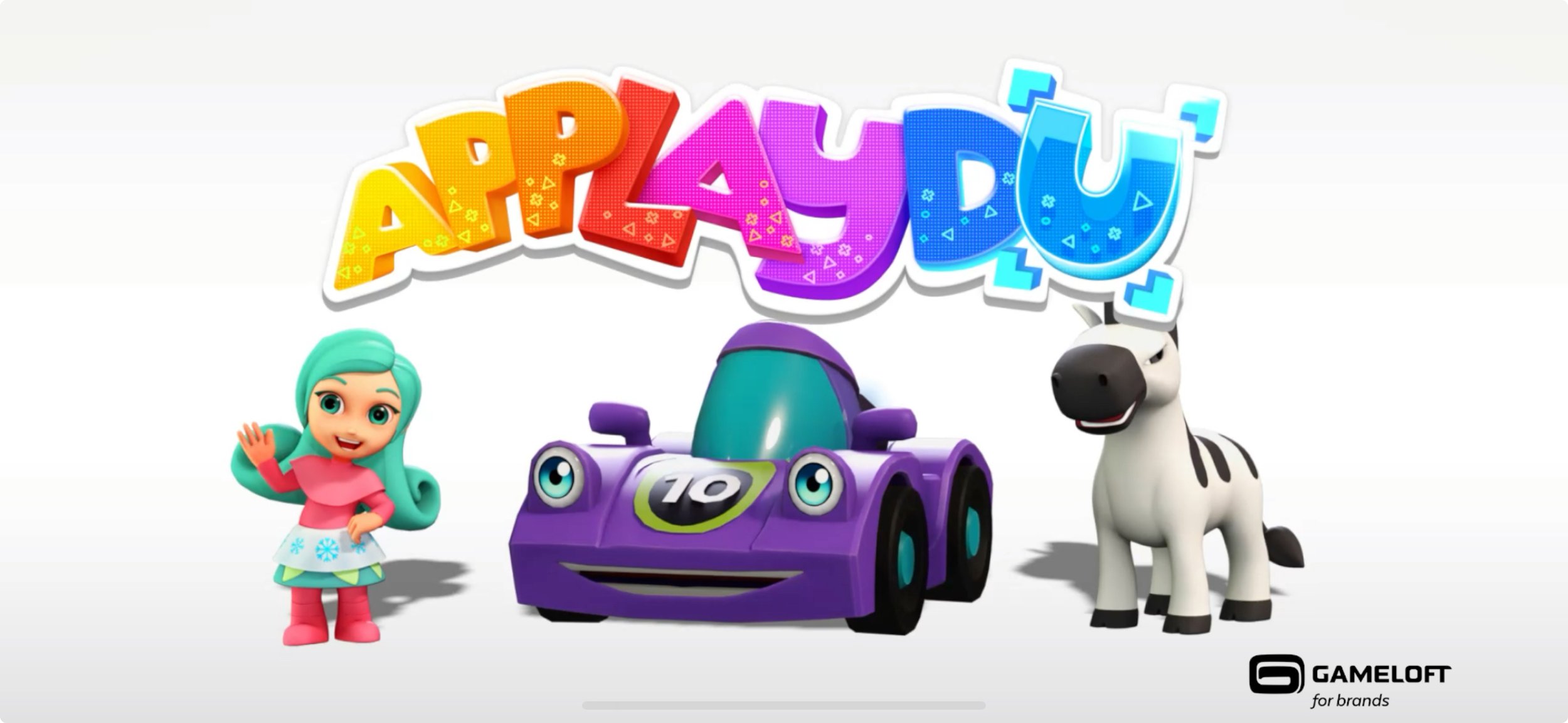"AI for All: Building an Inclusive Future in Education"
“For unto everyone that hath shall be given, and he shall have abundance; but from him that hath not shall be taken away even what he hath——The verse Matthew 25:29
I see a compelling call to action. Those who already possess access to technology will benefit more, while the underserved will continue to struggle without support.
During the UNESCO Digital Week 2024, several successful examples were showcased, demonstrating how AI is being applied in rural areas to support junior students with remarkable results, with many of the projects attended to underserved students. This raises an important question: before AI is applied broadly, shouldn't we focus on promoting it where it is needed most? As Dr. Dan Wagner, UNESCO Chair in Learning and Literacy, and professor of education at the University of Pennsylvania pointed out, "Access is not enough." True transformation requires building platforms for the least favored users—those with the fewest resources and the greatest need.
Dr.Wagner gave speech on equity education through Gen AI during the event
This resonates with my own work for the past three years. While developing AI-powered educational tools such as the AI Avatar of Monkey King, I’ve seen how AI can engage young learners in new and exciting ways. As I learned during my time teaching in rural Beijing, many students are eager to learn through various mediums, but they lack the personalized guidance they need to excel. Imagine the potential of AI tools in these contexts, providing real-time feedback and localized learning content that adapts to their individual needs.
Dr. Wagner's point that "access is not enough" highlights the critical need for tailored solutions that go beyond simply providing technology. We need AI platforms that adapt to local languages, levels of literacy, and cultural contexts. This is where Generative AI can truly shine—by offering personalized learning experiences and building inclusive educational ecosystems that engage students, teachers, and communities alike.
Moreover, the speed of AI development often outpaces traditional educational reform. This makes it even more crucial to focus on those at the bottom of the pyramid, ensuring that we build adaptable systems that cater to the most marginalized students.
Generative AI has the potential to be a transformative force in education as a tool for equity. As we continue to develop and deploy these technologies, we must remember that simply providing access is not enough—we must strive to include all learners, especially those in underserved communities, to truly close the educational gap.
Case study: Ferraro x Game Loft by Oxford
The product designed by the Oxford research team and Game loft with Ferraro.
During the event, University of Oxford has demonstrated one of their pertinent on-going project that evaluate on digital literacy effect through collaborative pattern in families, which has given out a pioneer experience and inspiration on Gen AI’s effectiveness assessment on children’s early literacy development. The project is very much alike with our monki.ai project with ours focus literacy development through Generative AI, whereas theirs is more digitalized gamification under family collaborative learning pattern.
The Lift Project, spearheaded by Oxford University Centre for Educational Assessment, collaborates with Ferrero International, carried out by three research groups within the Department of Education: Applied Linguistics, Learning and New Technologies, and Families, Effective Learning, and Literacy. This initiative aims to explore critical aspects of children’s learning with technology, focusing specifically on enhancing language and literacy skills. The research team develops digital book platforms and creates guidelines for the ethical use of Generative AI in educational contexts altogether with the corporate and engineer team, ensuring that technology serves as a beneficial tool for young learners.
There are several insights shown by the team:
Vocabulary learning : Gamification’s effect on Children’s vocabulary through app “Applaydu” to look at whether children can learn words through game and if it is helpful for kids to learn words this way.
Creativity through joint media design: how to incorporate features into games of Applaydu to try to support creativity development in children; Especially through joint media engagement design, how to scaffold or support their caregivers, sibling, peers and parents by joint media program in the setting of gamification of education, which normally refers to the design of media in the context of gamification process to stimulate users’ activities and foster their participation and interaction through leaderboard, point system and other socialization media and tools;
Literacy skills: to create a space in Applaydu to give opportunities for children to engage with different types of stories to give them educational opportunities to develop their literacy skills
Database: data is marked as a index or a marker of children’s development and learning.
Objective of the project:
understand the levers and barriers for children’s learning through digital technologies and mobile apps specifically; as there are so many children are use digital devices in learning, so it is urgent to maximize the potential to support their learning
give support for parents and guidance to game developers as a collaborative learning method
For more information, visit the Lift Project website.

